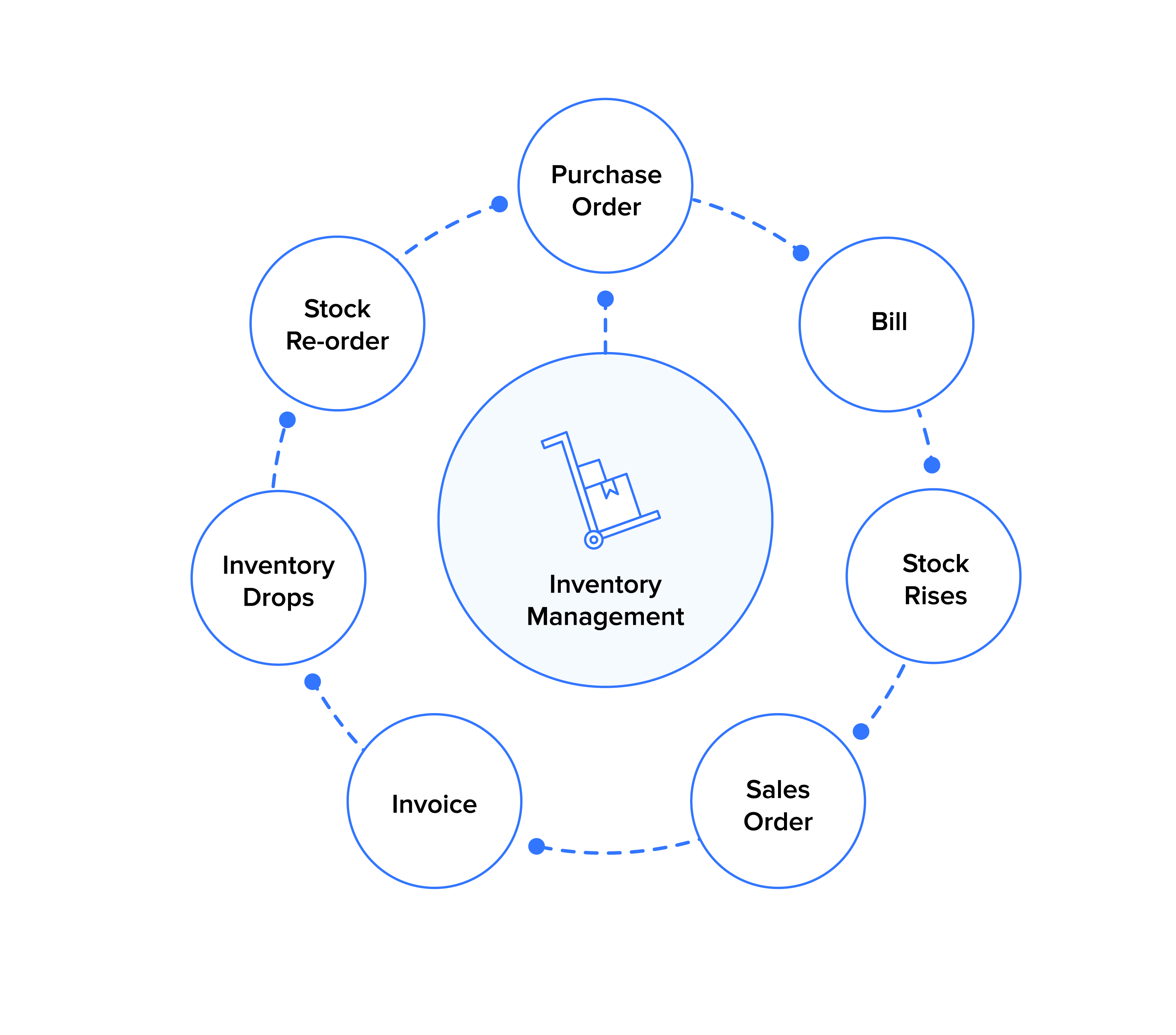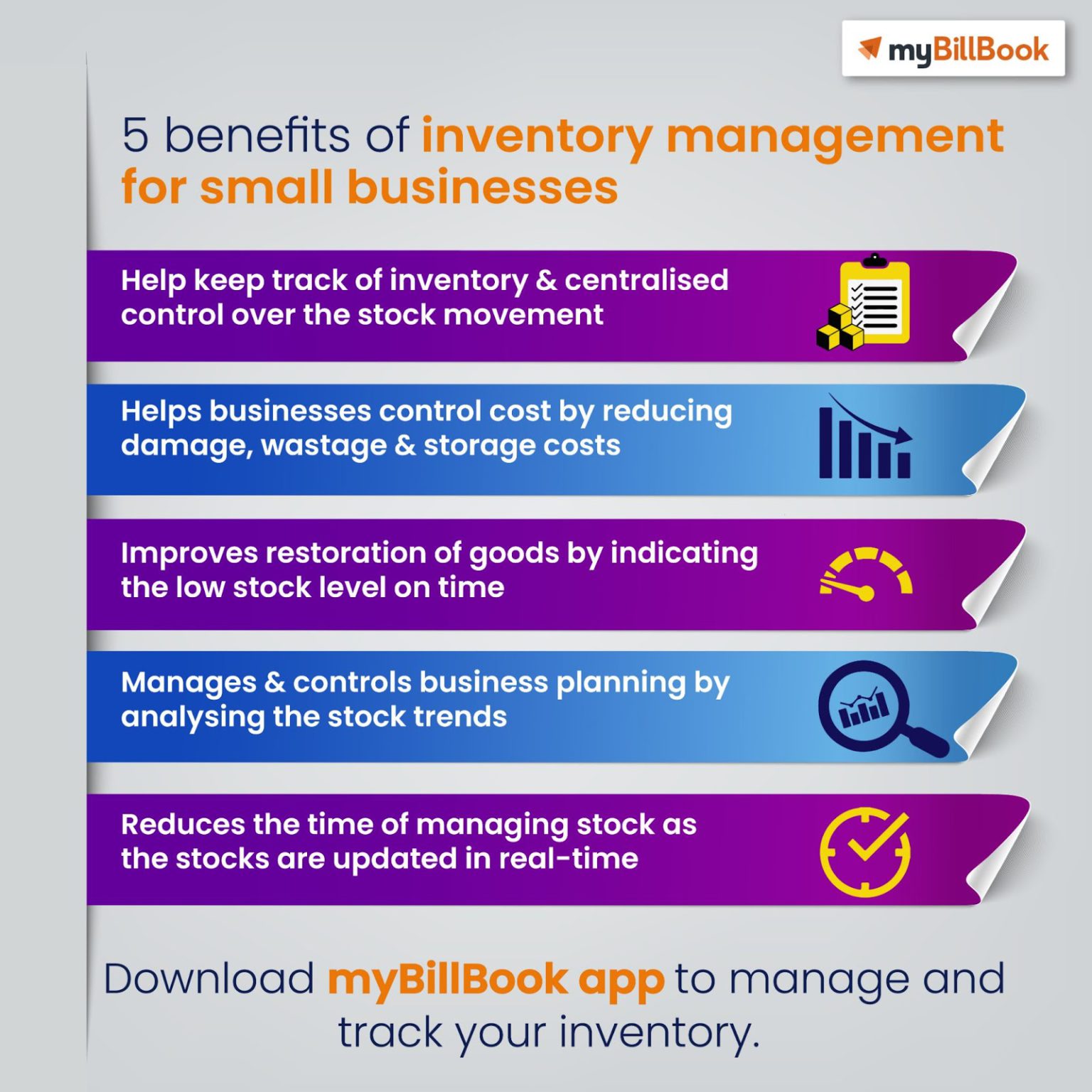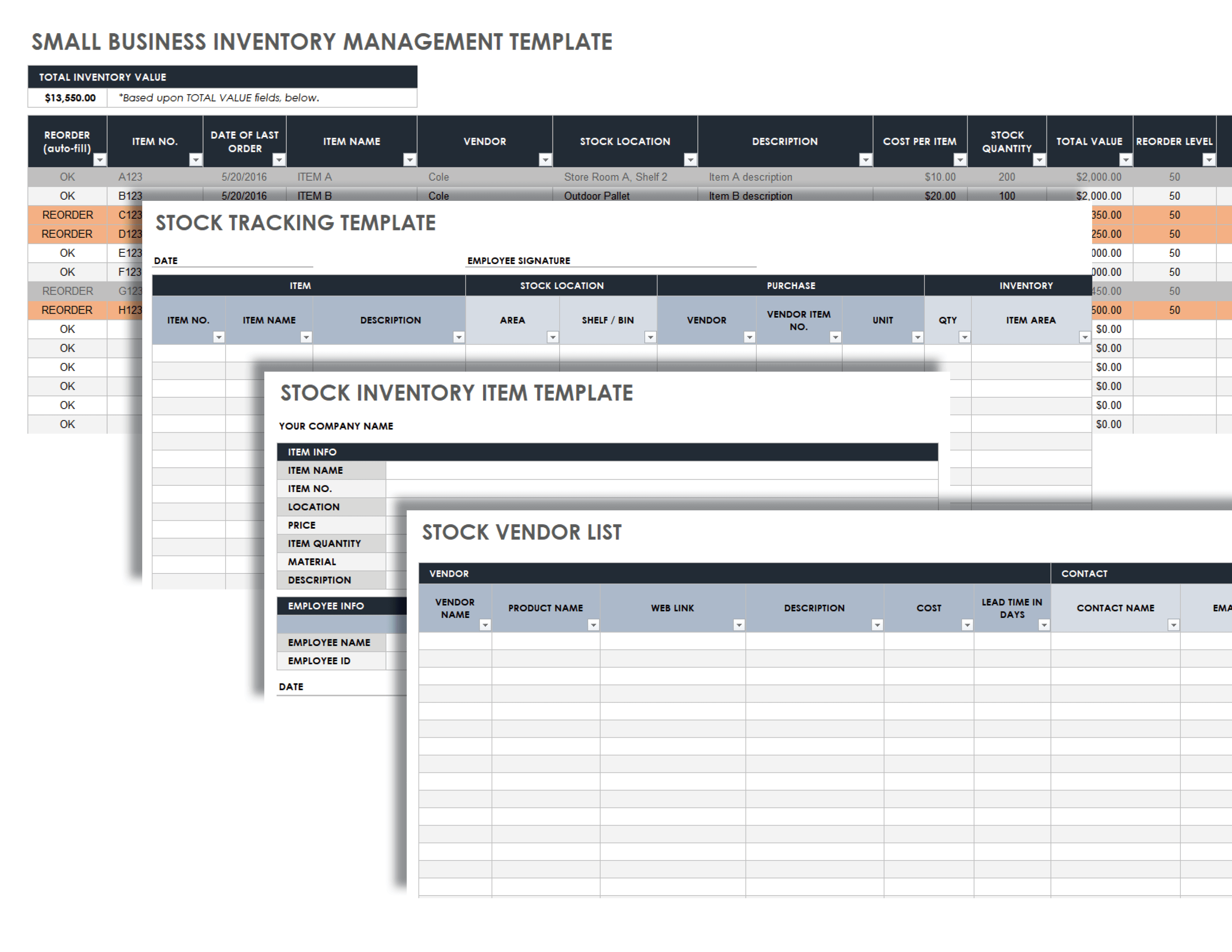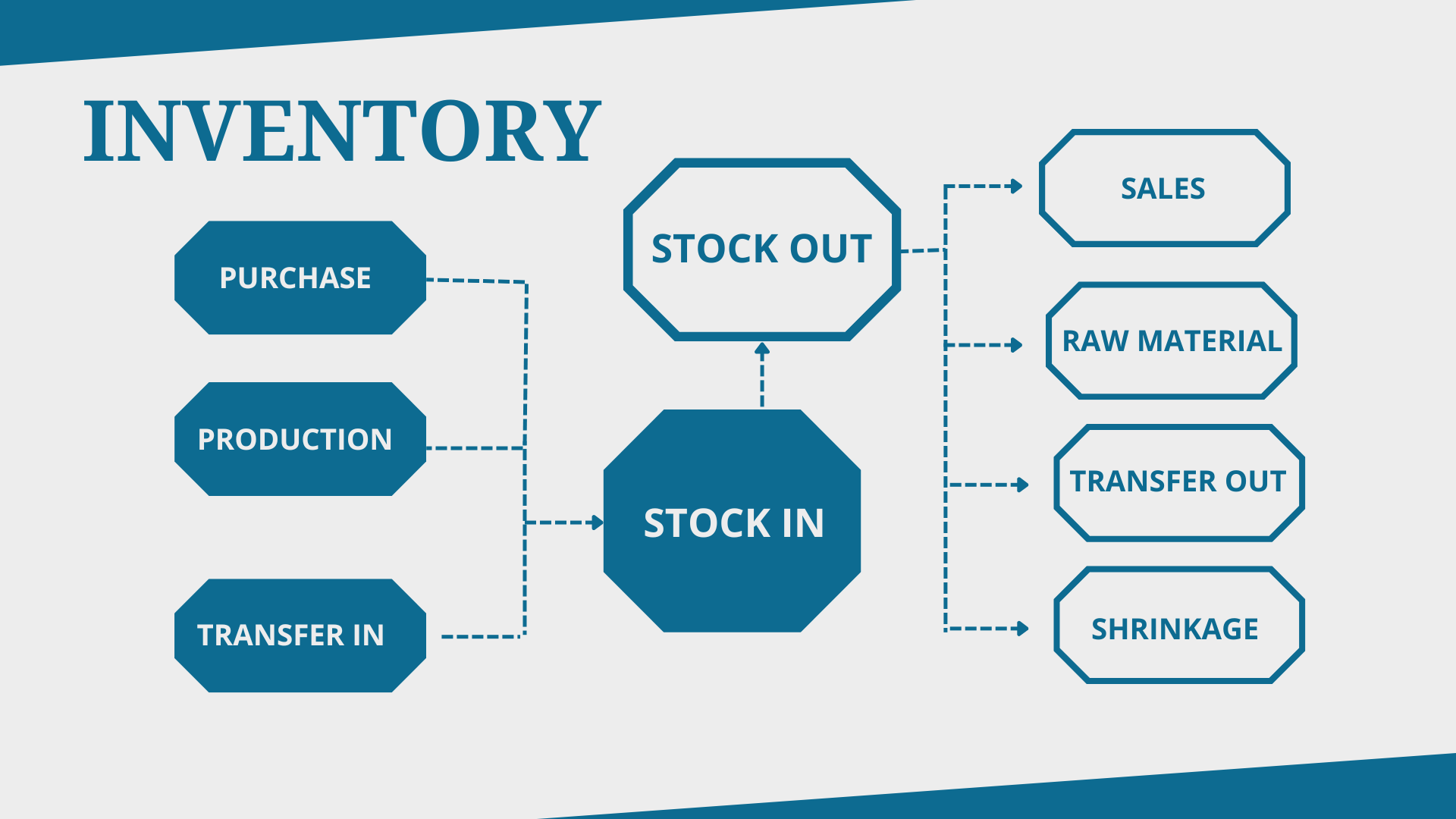Managing inventory small business – Managing inventory is a crucial aspect of running a successful small business. By optimizing inventory levels, businesses can minimize waste, prevent stockouts, and improve overall profitability. This comprehensive guide will provide you with proven techniques, strategies, and best practices to effectively manage inventory for your small business.
In this guide, we’ll cover the significance of inventory management, common challenges faced by small businesses, and practical solutions to overcome them. We’ll also explore inventory optimization strategies, tools and resources, and best practices to ensure accurate inventory records and minimize shrinkage.
Inventory Management for Small Businesses

Effective inventory management is crucial for small businesses to maintain a healthy cash flow, optimize storage space, and ensure customer satisfaction. By implementing efficient inventory management practices, small businesses can reduce costs, improve profitability, and gain a competitive edge.
Challenges Small Businesses Face in Managing Inventory
Small businesses often face unique challenges in managing inventory due to limited resources and space constraints. These challenges include:
- Lack of dedicated storage space:Small businesses may not have the luxury of large warehouses or dedicated storage facilities, making it difficult to store inventory efficiently.
- Limited financial resources:Small businesses may have limited capital to invest in inventory management systems or hire additional staff, which can hinder their ability to optimize inventory levels.
- Fluctuating demand:Small businesses often experience unpredictable demand for their products, making it challenging to forecast inventory needs accurately.
- Time constraints:Small business owners often wear multiple hats and may not have the time to dedicate to inventory management, leading to potential errors or inefficiencies.
Techniques for Managing Inventory Efficiently

Efficient inventory management is crucial for small businesses to optimize stock levels, minimize waste, and improve profitability. Implementing effective techniques can streamline inventory operations and enhance business performance.
One proven technique is utilizing inventory management software. These tools automate tasks such as stock tracking, order processing, and forecasting. They provide real-time visibility into inventory levels, allowing businesses to make informed decisions and avoid overstocking or stockouts.
Inventory Control Systems
Implementing inventory control systems can also enhance efficiency. These systems establish clear procedures for inventory handling, including receiving, storage, and issuing. By defining roles and responsibilities, businesses can minimize errors and maintain accurate inventory records.
Inventory Management Methods
Choosing the appropriate inventory management method is essential. FIFO (First-In, First-Out) assumes that the oldest inventory is sold first, while LIFO (Last-In, First-Out) assumes that the most recently acquired inventory is sold first. The choice of method depends on the specific industry and business needs.
Technology in Inventory Management, Managing inventory small business
Technology plays a significant role in automating inventory management tasks. Radio Frequency Identification (RFID) technology, for example, uses tags to track inventory items, providing real-time data on their location and movement. This automation reduces manual labor and improves accuracy.
Inventory Optimization Strategies

Inventory optimization is the process of determining the optimal levels of inventory to hold to meet customer demand while minimizing costs. For small businesses, inventory optimization is essential for maximizing profits and avoiding losses due to overstocking or understocking.
There are several practical strategies that small businesses can use to optimize their inventory levels. One strategy is to use data analysis to forecast demand. By analyzing historical sales data, businesses can identify patterns in demand and make informed decisions about how much inventory to order.
Minimizing Waste
Another strategy for optimizing inventory levels is to minimize waste. This can be done by implementing a first-in, first-out (FIFO) inventory system, which ensures that the oldest inventory is sold first. This helps to prevent spoilage and obsolescence.
Inventory Turnover
Inventory turnover is a measure of how quickly inventory is sold and replaced. A high inventory turnover rate indicates that inventory is being managed efficiently. Businesses can improve their inventory turnover rate by increasing sales, reducing lead times, and negotiating better terms with suppliers.
Inventory Management Tools and Resources
Efficient inventory management is crucial for small businesses to optimize stock levels, reduce waste, and improve profitability. There are numerous tools and resources available to assist businesses in managing their inventory effectively.
One of the most important considerations when choosing an inventory management tool is the type of business and the specific needs it has. Factors to consider include the size of the business, the number of products it sells, and the complexity of its supply chain.
Inventory Management Software
Inventory management software is a comprehensive solution that can help businesses automate many aspects of inventory management, from tracking stock levels to generating purchase orders. There are many different software solutions available, each with its own features and pricing. Some of the most popular inventory management software solutions for small businesses include:
| Software | Features | Pricing |
|---|---|---|
| QuickBooks Commerce | – Inventory tracking
|
Starting at $25 per month |
| Shopify | – Inventory tracking
|
Starting at $29 per month |
| Zoho Inventory | – Inventory tracking
|
Starting at $49 per month |
Cloud-based inventory management systems offer several benefits over traditional on-premise systems. Cloud-based systems are typically more affordable, easier to use, and more scalable than on-premise systems. They also offer the advantage of being accessible from anywhere with an internet connection.
Best Practices for Small Business Inventory Management: Managing Inventory Small Business
Maintaining optimal inventory levels is crucial for small businesses to minimize costs, prevent disruptions, and enhance customer satisfaction. Implementing effective inventory management practices can help businesses achieve these goals.
Conduct Regular Inventory Audits
Regularly auditing inventory ensures accuracy and identifies discrepancies. Establish a schedule for physical inventory counts and compare them against inventory records. Investigate any significant discrepancies to prevent shrinkage or overstocking.
Implement Inventory Control Measures
Establish clear procedures for receiving, storing, and issuing inventory. Implement security measures to prevent theft and unauthorized access. Use inventory management software to track inventory levels and automate processes, minimizing human error.
Minimize Inventory Shrinkage
Inventory shrinkage refers to the loss of inventory due to theft, damage, or administrative errors. Implement measures such as surveillance cameras, secure storage areas, and regular employee training to minimize shrinkage.
Prevent Stockouts
Stockouts occur when demand exceeds available inventory, leading to lost sales and customer dissatisfaction. Use inventory management tools to forecast demand and set appropriate reorder points. Maintain safety stock levels to buffer against unexpected fluctuations in demand.
Maintain Accurate Inventory Records
Accurate inventory records are essential for effective inventory management. Regularly update inventory levels based on transactions and physical counts. Use inventory management software or spreadsheets to maintain accurate and up-to-date records.
End of Discussion

By implementing the strategies and best practices Artikeld in this guide, small businesses can gain a competitive edge by optimizing inventory management. Improved inventory management leads to reduced costs, increased efficiency, and enhanced customer satisfaction. Embrace these principles and empower your small business to thrive in today’s dynamic market.
Questions Often Asked
What are the key challenges small businesses face in managing inventory?
Limited resources, space constraints, and forecasting demand accurately are common challenges.
How can technology help small businesses manage inventory efficiently?
Inventory management software, barcode scanners, and cloud-based systems can automate tasks, improve accuracy, and provide real-time data.
What is inventory optimization and why is it important for small businesses?
Inventory optimization involves finding the right balance of inventory levels to meet demand while minimizing waste and costs. It’s crucial for maximizing profitability and preventing stockouts.